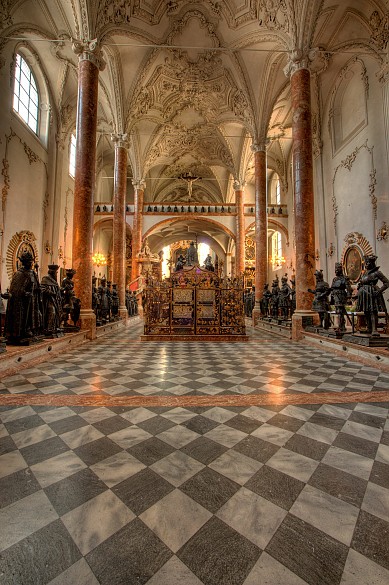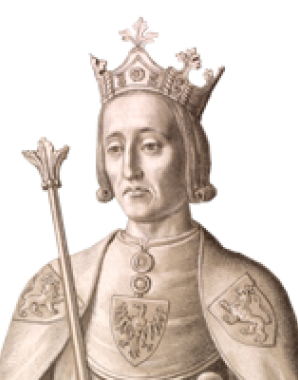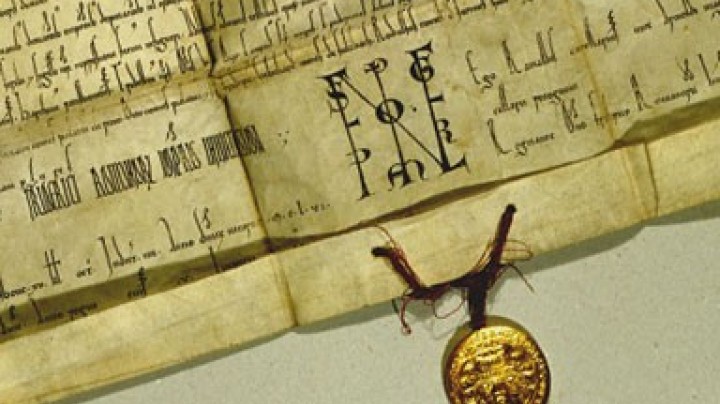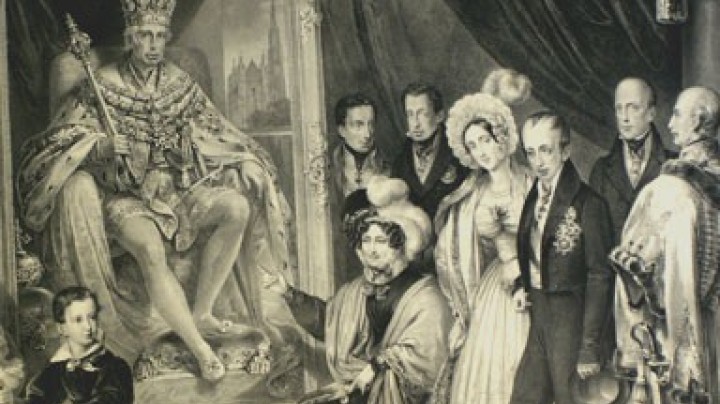The quest for ‘blue blood’ – the Habsburgs’ fictitious ancestors
The Habsburgs as direct descendants of Caesar and Charlemagne? Legendary genealogies were contrived to prove that the legitimacy of their claim to power was already laid in the Habsburg cradle.
In competition with other dynasties for the title of emperor, the Habsburgs began to show increased interest in the history of their House in the late Middle Ages. In a time before scholarly criteria were introduced into historical research, real sources were interwoven with legend and fantastical ancestral lines confected.
The accumulation of memorable ancestors was deeply embedded in the mindset of the age: the more connections established to venerable ruling dynasties from biblical antiquity, Classical Antiquity and early medieval times, the more a dynasty possessed of royal blood and monarchical charisma.
Depending on the political situation, ancestors were co-opted via complicated lines of relationship: the Habsburg claim to the Roman Imperium was supported by its derivation from ancient heroic figures, a trend propagated in the context of humanism: the list of Habsburg ‘ancestors’ reads like a ‘who’s who’ of Classical Antiquity, leading from Julius Caesar all the way back to Troy. And from there it was only a short step to forging a link via the Old Testament prophets to Adam and Eve.
In order to support this claim to a leading role in the empire, fictitious descent from the Carolingians and Merovingians was pressed into service and emphasis was also placed on what were by contrast quite plausible family connections with the Staufer (Hohenstaufen) dynasty. This was particularly important as a response to the anti-Habsburg propaganda that made mock of Rudolf I, the first Habsburg on the imperial throne, as ‘the poor count’.
One of the most fantastical ancestral lineages of the Habsburgs is the late fourteenth-century Chronik der 95 Herrschaften (Chronicle of 95 Seigneurs) by ‘Leopold of Vienna’ (also known as Leopold Stainreuter), which was widely circulated at the time. The armorial wall commissioned by Frederick III in St George’s church in the castle at Wiener Neustadt also draws on it. Created in 1453, it shows 107 coats of arms, mostly the imaginary arms of fictitious Austrian rulers, suggesting an unbroken line of rulers starting with Noah. Frederick himself had himself portrayed in the central field as ruler of the Austrian domains.
The Habsburg ancestor cult was given its most memorable artistic expression by Emperor Maximilian I, who focused particular attention on the propagandist dissemination of his illustrious origins. His monumental cenotaph in Innsbruck was intended as a triumphal funeral cortege of ancestors, both real and fictitious.
















